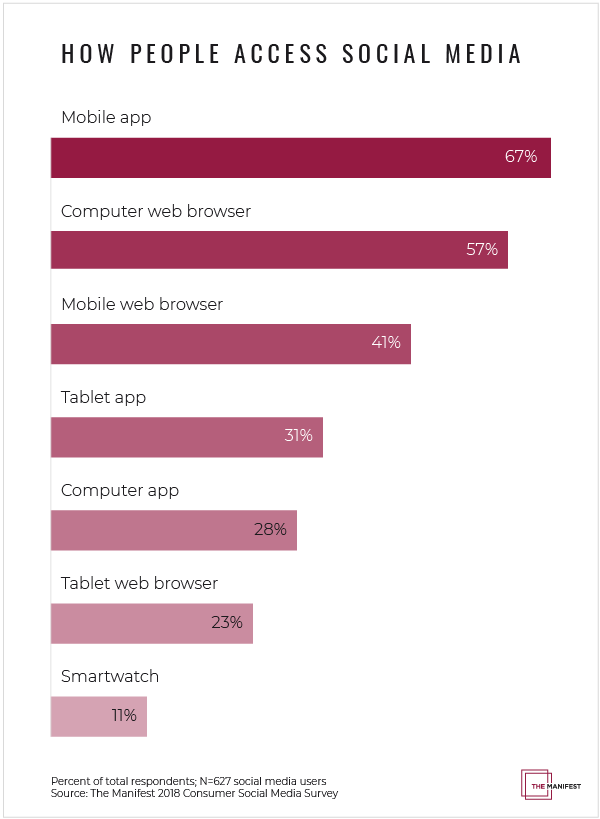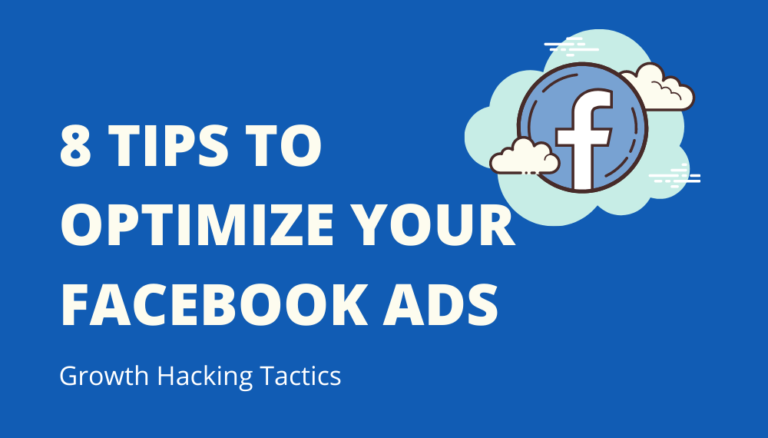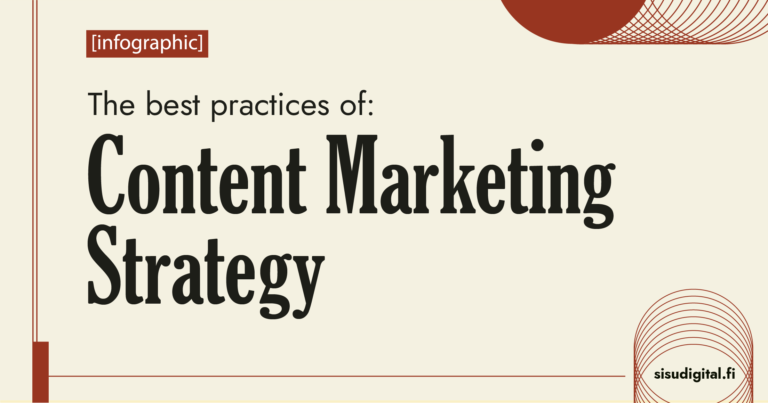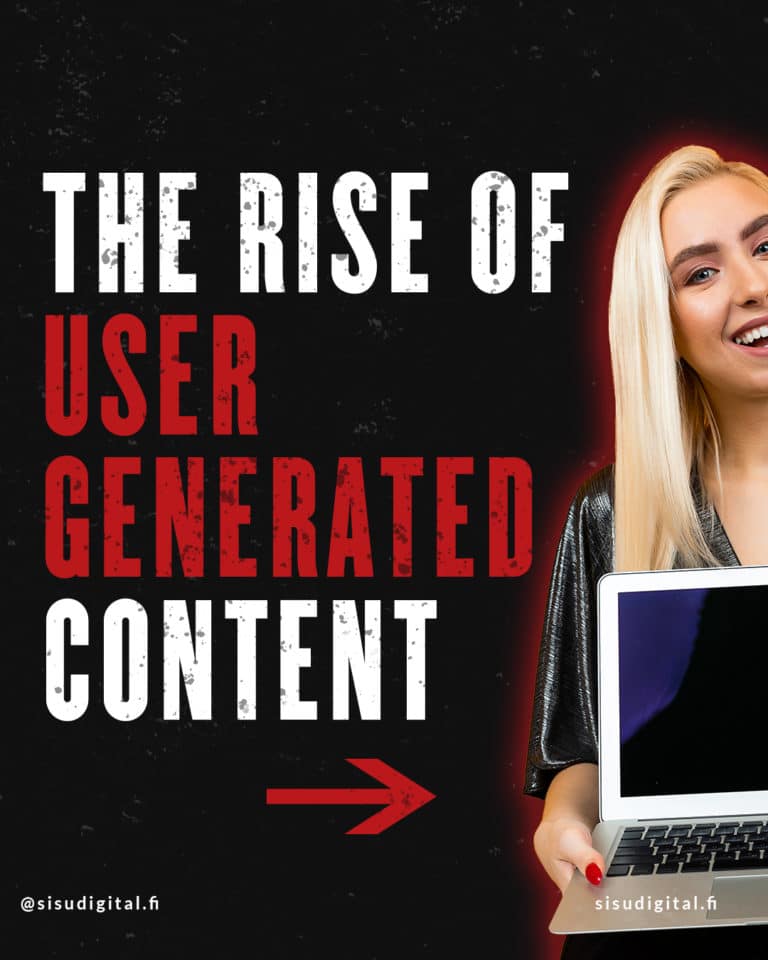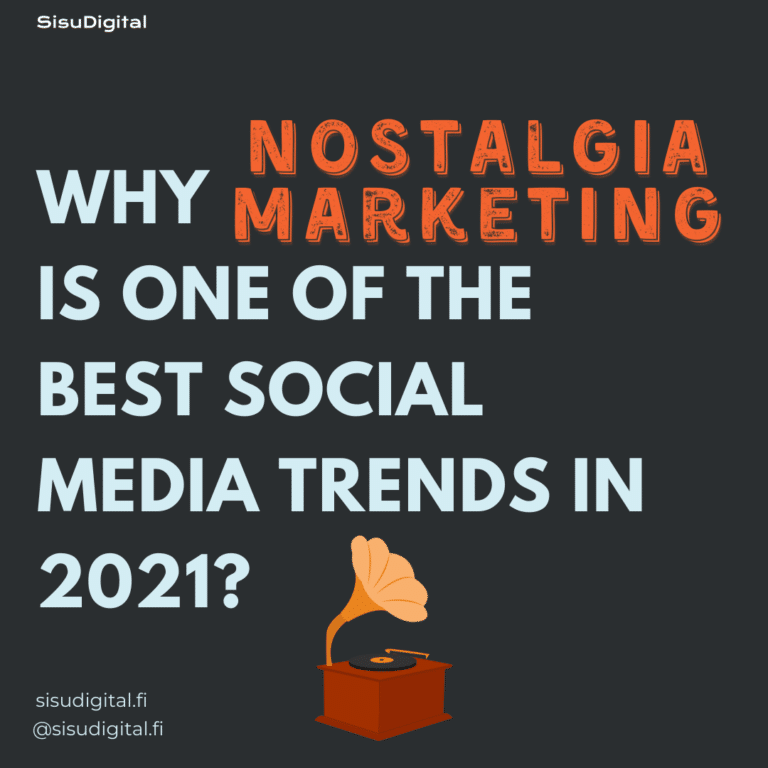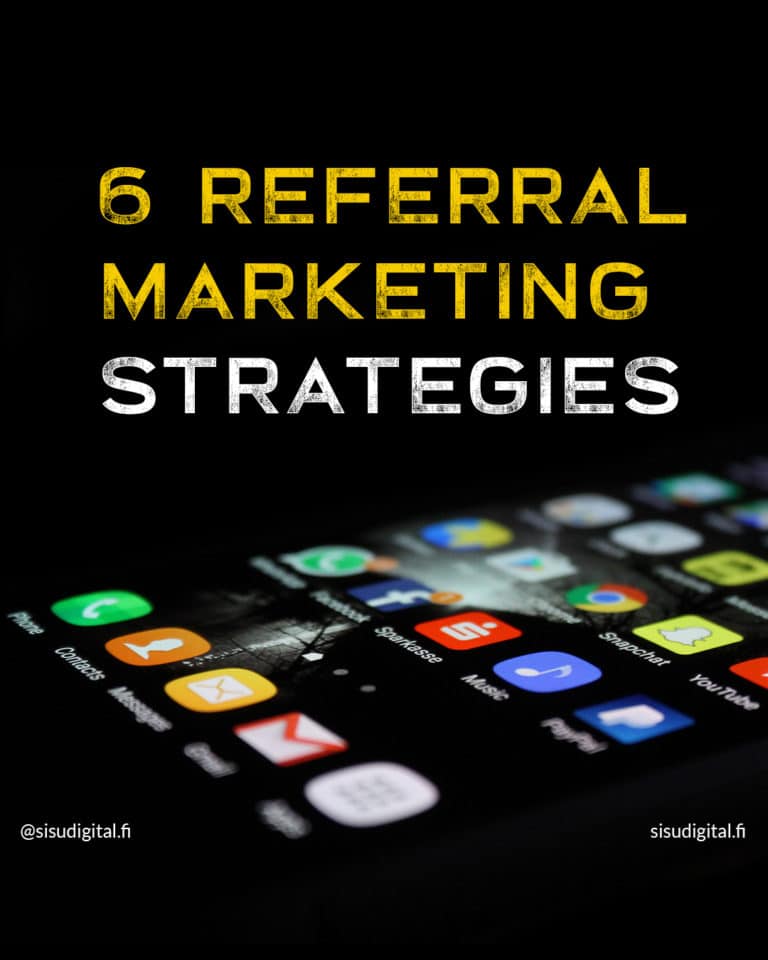If E-commerce (EC) is an abbreviation for Electronic Commerce, S-commerce (SC) stands for Social Media Commerce – the buying and selling of goods and services over social media channels, primarily Facebook and Instagram.
Another important term related to this subject is M-commerce, or Mobile Commerce (MC). MC is a type of EC on the rise that features online sales transactions made via mobile devices, such as smartphones and tablets.
There is a tight connection between SC and MC because more and more social media users are browsing the internet with their mobile phones. One study of The Manifest shows that nearly half of social media users (46%) prefer to access social media on mobile apps. According to ComScore’s research, nearly 80 percent of all social media time is spent on mobile.
Because of the increasing number of people using social media platforms via their mobile devices, the value and relevance of SC are growing as well. MC and SC are both rapidly growing fields because of their unique characteristics and the outstanding advantages they present, including portability, accessibility, and connectivity.
Companies that want to sell their products on social media should adjust their marketing strategy so that they best fit their customer’s preference of usage. It’s time to make your online store mobile.
How much people buy on SoMe
Shopping on Instagram features enable users to buy products featured in images and stories. After an initial US-only trial, Instagram rolled out its shoppable posts to 44 countries, including the UK, Australia, Germany & Canada, in March 2018.
Back to 2017 when Facebook launched its ‘Buy Now’ feature, it has completely dominated the market.
According to Wunderman Thompson Commerce, consumer purchase decisions are significantly influenced by social media, and Facebook has the biggest user base. In May 2018 Facebook had more than 2.20 billion monthly active users and 1.45 billion of those users log in to Facebook at least once a day.
Big Commerce reports:
20% of online shoppers would be likely to make a purchase from Facebook.
18% of shoppers would purchase an item a friend liked on Facebook.
21% of online shoppers would purchase an item featured in a brand’s Facebook post.
How social media users interact with brands
Knowing how to behavior or post on social media is crucial as this is reflective of your brand personality and consequently influences your fans to buy, or unfollow!
Social media is increasingly being used as a customer service platform where customers and potential customers want answers quickly and in real-time.
The study in 2017 of Sprout Social pointed out that consumers will more likely to buy from brands that response to online feedback and comments actively, offer promotions and produce educational content on social media.
Future Trends of SoMe Shopping
1. Micro-influencer marketing steal the spotlight
Micro influencers that have 2,000 to 50,000 audience members) have a big say on the products and services consumers buy. They are considered as experts in their respective niche, for example, food blogger, local fashionista or fitness guru.
Micro influencers have a smaller base of audience but a deeper level of connection with their followers. They produce high-quality, on-brand content, and more importantly have been proven to generate meaningful engagement and personal interaction. Those are marketing gold these days.
In fact, influencers with 1,000 followers generated 85% higher engagement than those having 100,000 followers. It’s interesting to note that as the number of followers increases, the engagement tends to decrease.
Micro-influencer’s followers tend to see themselves as peers of the influencer rather than fans – and 84% of consumers say they trust recommendations from peers over advertising.
2. Conversational Artificial Intelligence (AI) enhances customer experience
Gartner predicts that by 2020, 85% of customer interactions will be handled without human involvement and 25% of customer support and services will be integrated with virtual assistants.
According to E-Residency, Artificial intelligence (AI) has been able to manage 45% of customer questions from live chat in 2018. Social media chatbot is the future of communication between consumers and brands.
A chatbot (conversational AI) is a piece of software designed to simulate human conversation, and they are often powered by artificial intelligence and machine learning.
In the next 5 years, half of the world population is estimated to actively use online messaging application (Messenger, Whatsapp, Viber, etc.). And the messaging application is one of the best platforms for chatbots to operate.
3. Fast-moving consumer content (FMCC) works best
FMCC is created mainly for online content consumption and can be shared fast. This type of content perfectly fits the need of modern consumers who are frequently on the go, browsing social media feed on the train or while waiting for a meal. Busy customers don’t have time to go check the company website but would click buy directly after reading a post about a product if they are convinced. They also don’t look for complicated content but straight-forward, easy to follow and a bit entertaining.
One of the best-performing forms of FMCC is video because it faster and less effort to watch than to read. In fact, social media platforms constantly update function that promotes video content.
Facebook recently rolled out a handful of features to make amateur video creation quick and easy. Their video creation kit allows you to create mobile-optimized social videos based on pre-selected images, logos, and text overlays without spending a big budget.
In 2018, Instagram launched IGTV, an app for watching long-form videos. It’s been designed with the Instagram audience in mind: it’s a fullscreen vertical experience.
IGTV now gives brands the opportunity to create videos that are up to an hour long. Compared to the usual 60 seconds that Instagram typically allows, this is a big change to promote products and services to customers in a more compelling way.
S-commerce – the future full of potential growth
Social media platforms have been building decent infrastructure supporting S-commerce. Consumers have already established mobile shopping habit. It’s clear that 2019 will be a booming year for social media shopping.
In fact, S-commerce gives consumers the ability to utilize the power of their community to their purchasing advantage. Consumers use these platforms to share and discuss products they buy, facilitating a trusted network of individuals making well-informed purchases.

